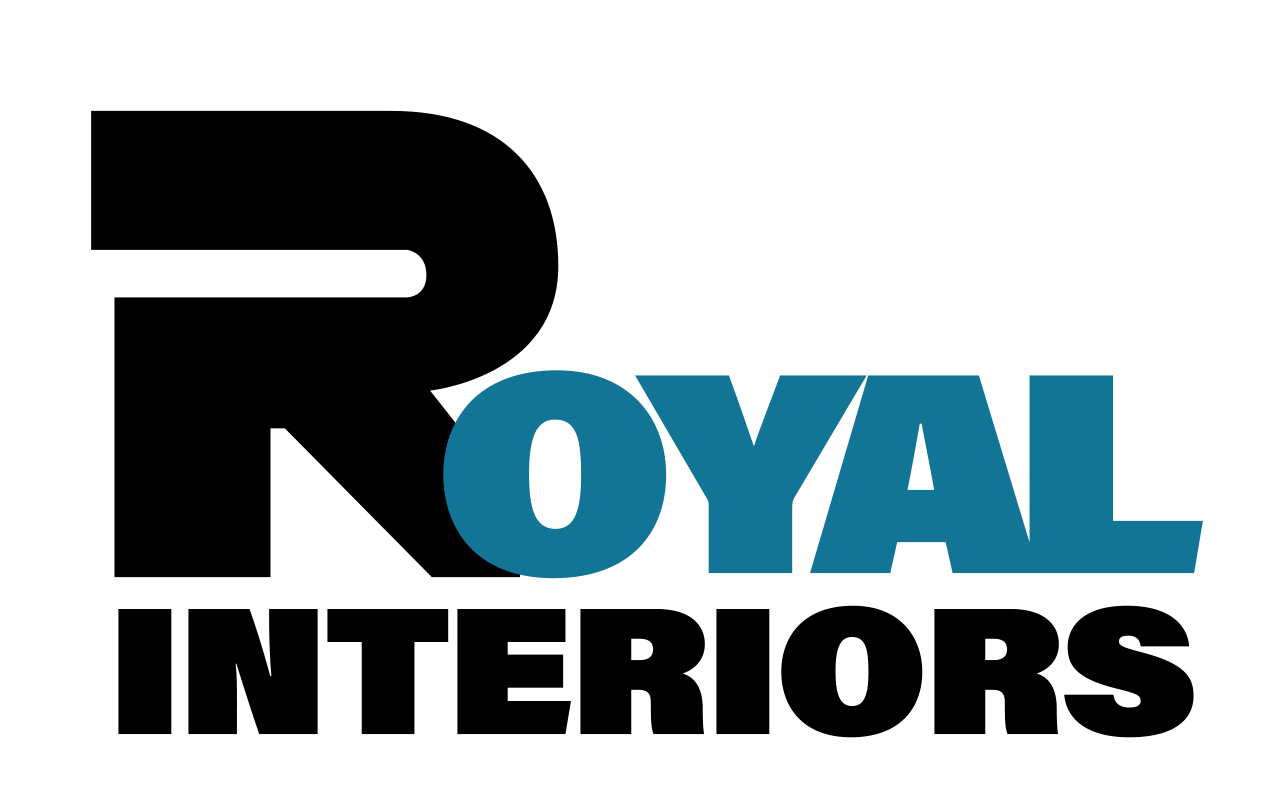Winter Tile Installation Challenges in Northern Virginia
Northern Virginia's winter conditions create specific challenges for tile installation projects. Cold temperatures, humidity fluctuations, and heating system effects require careful planning and professional expertise to ensure lasting results. Understanding these seasonal factors helps homeowners schedule tile projects effectively and avoid costly installation problems.
Temperature and Humidity Control During Installation
Proper temperature control is critical for successful winter tile installation. Most adhesives and grouts require consistent temperatures between 65-75°F for optimal curing. Professional installers use heating equipment and monitor conditions throughout the installation process to maintain ideal working environments.
Humidity levels significantly impact installation success, as winter heating systems can create extremely dry conditions that affect adhesive performance. Quality installers adjust materials and techniques based on current humidity readings, ensuring strong bonds between tiles and substrates.
Substrate Preparation in Cold Weather
Winter substrate preparation requires additional attention to moisture content and temperature stabilization. Concrete slabs and cement backer boards must reach proper temperatures before installation begins. Professional tile installation specialists use moisture meters and temperature readings to verify readiness before proceeding.
Expansion joints become more critical during winter installations as temperature variations cause greater material movement. Proper joint placement and high-quality sealants prevent cracking and water infiltration that can compromise entire installations.
Material Storage and Handling
Cold storage conditions can damage tile adhesives, grouts, and sealers before installation begins. Professional contractors store materials in climate-controlled environments and allow proper acclimation time before use. This preparation prevents failures caused by temperature shock or chemical instability.
Tile materials themselves require temperature conditioning to prevent thermal shock during installation. Natural stone and ceramic tiles stored in cold conditions need gradual warming to prevent cracking when exposed to heated installation environments.
Curing Time and Project Scheduling
Winter installations typically require extended curing times due to cold temperatures and low humidity. Professional installers adjust project schedules to accommodate longer setting times for adhesives and grouts. This planning prevents premature traffic that can compromise installation integrity.
Ventilation management becomes crucial during winter tile projects. Installers must balance fresh air circulation with temperature control while preventing condensation that can interfere with proper curing processes.
Professional Expertise for Winter Success
Successful winter tile installation requires experienced professionals who understand seasonal challenges and adjust techniques accordingly. Quality contractors invest in proper equipment, climate control, and extended schedules to ensure optimal results regardless of weather conditions.
Planning your Northern Virginia tile project for winter? Contact Royal Interiors at (703) 471-4442 for professional consultation and expert installation services that account for seasonal challenges and deliver beautiful, lasting results.
